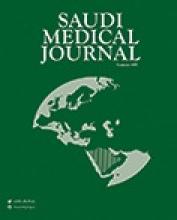JULY 18, 2018 - The Next Generation Science Standards (NGSS) are K–12 science content standards, with three dimensions that are integrated in instruction at all levels: core ideas, science and engineering practices, and cross-cutting concepts. A new article in the Journal of Research Science in Teaching focuses on how to support enactment of the NGSS in diverse educational systems, including the challenges faced when some of those systems are fragmented and resource-poor. The article appears in a forthcoming JRST special issue on the NGSS, to be released online August 20, 2018.
The article highlights the Carbon TIME project, which focuses on teaching carbon cycling and energy transformations at multiple scales, as an example of a design-based implementation research approach that can achieve this goal. Carbon TIME includes publicly available teaching units, teacher professional development, and teacher networks based in local education agencies.
“The NGSS present us with both great opportunities and important challenges. I believe that we are both gaining insight into the challenges and designing systems that help students achieve three-dimensional learning at scale,” said lead author Prof. Charles W. (Andy) Anderson, of Michigan State University.
Full citation: “Designing educational systems to support enactment of the Next Generation Science Standards.” Charles W. Anderson, Elizabeth X. de los Santos, Sarah Bodbyl, Beth A. Covitt, Kirsten D. Edwards, James Brian Hancock II, Qinyun Lin, Christie Morrison Thomas, William R. Penuel and Mary Margaret Welch. Journal of Research in Science Teaching; Published Online: July 17, 2018. (DOI: 10.1002/tea.21484).
Copyright © 2018 The Cochrane Collaboration. Published by John Wiley & Sons, Ltd., reproduced with permission.
- Copyright: © Saudi Medical Journal
This is an open-access article distributed under the terms of the Creative Commons Attribution-Noncommercial-Share Alike 3.0 Unported, which permits unrestricted use, distribution, and reproduction in any medium, provided the original work is properly cited.






